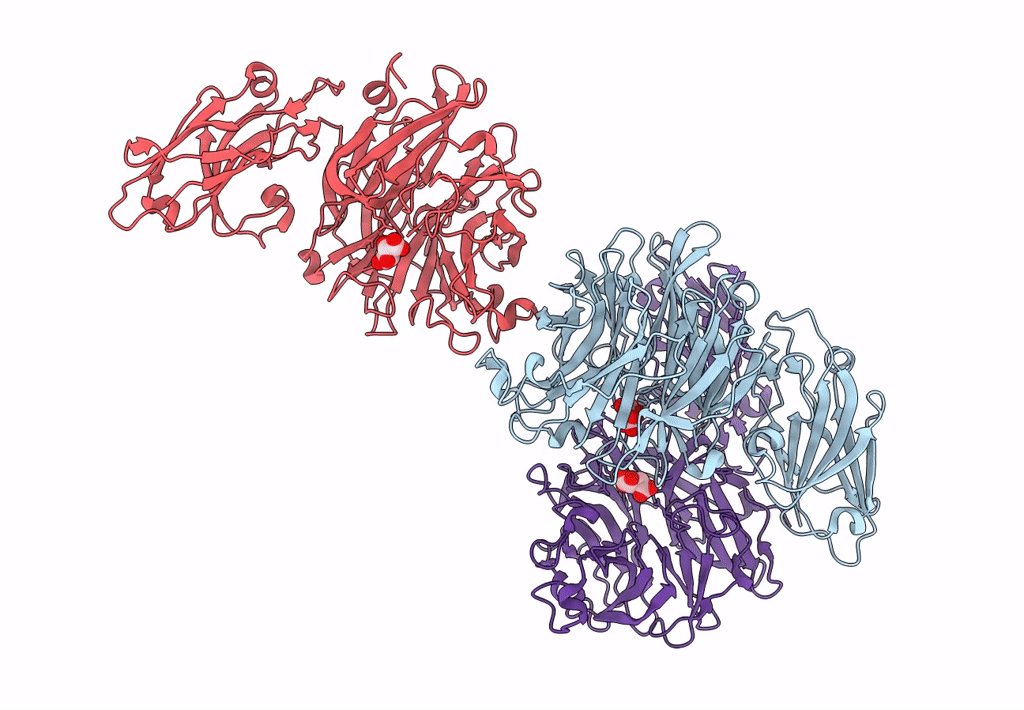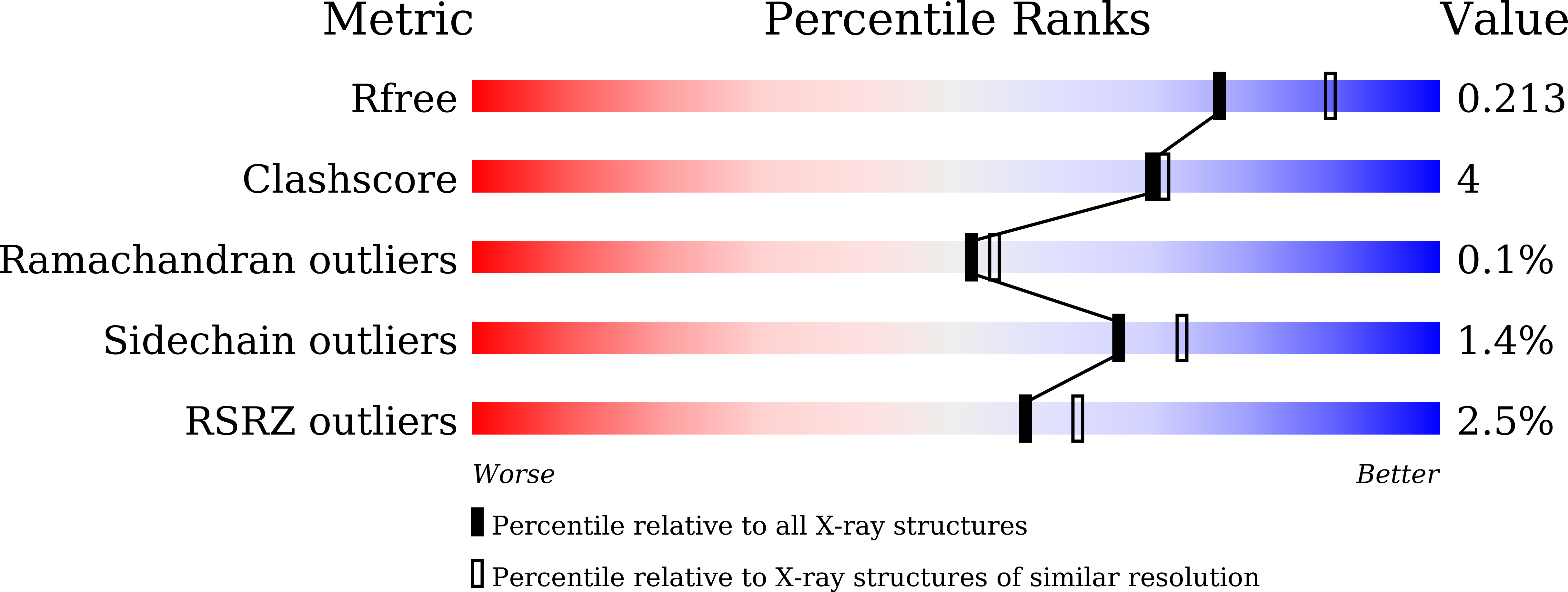
Deposition Date
2022-08-23
Release Date
2023-04-19
Last Version Date
2024-05-29
Entry Detail
PDB ID:
8GN6
Keywords:
Title:
Crystallization of Sialidase from Porphyromonas gingivalis
Biological Source:
Source Organism:
Porphyromonas gingivalis (Taxon ID: 837)
Host Organism:
Method Details:
Experimental Method:
Resolution:
2.10 Å
R-Value Free:
0.21
R-Value Work:
0.17
R-Value Observed:
0.17
Space Group:
P 31 2 1


